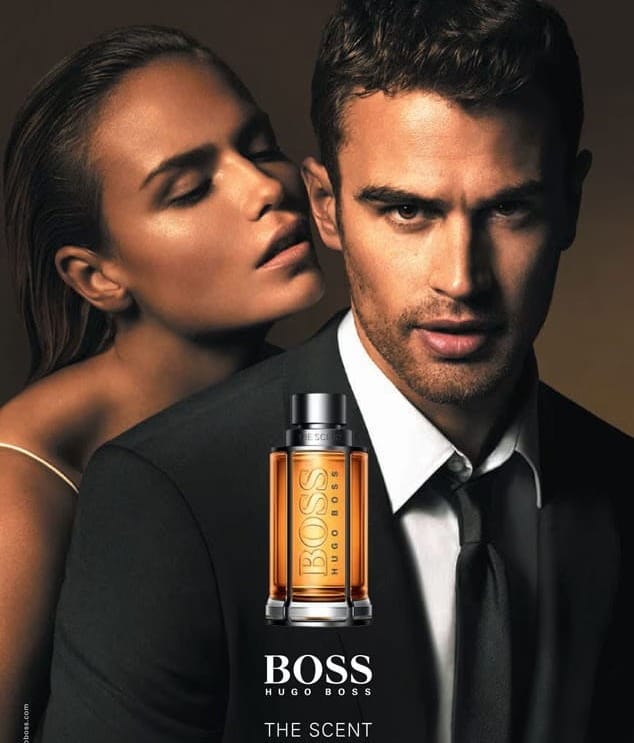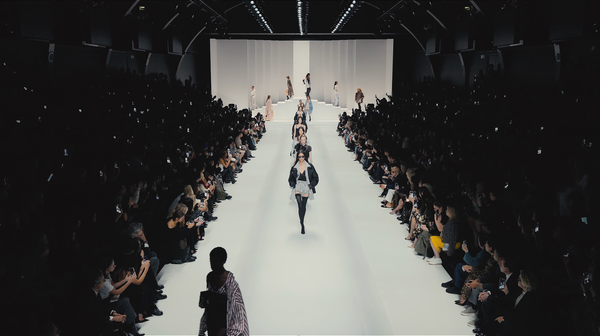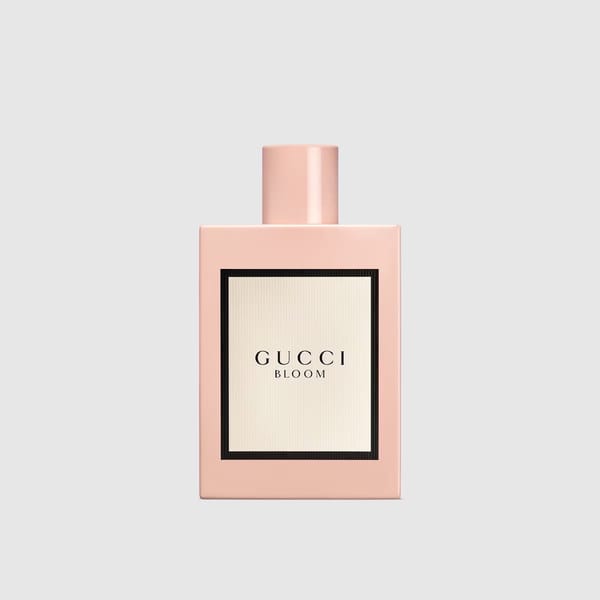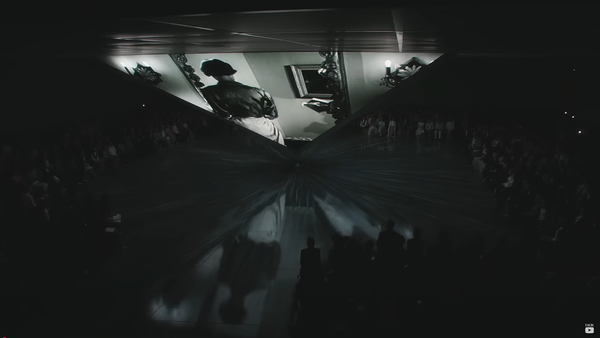Hermès Men’s Summer 2026—A Race That Never Began
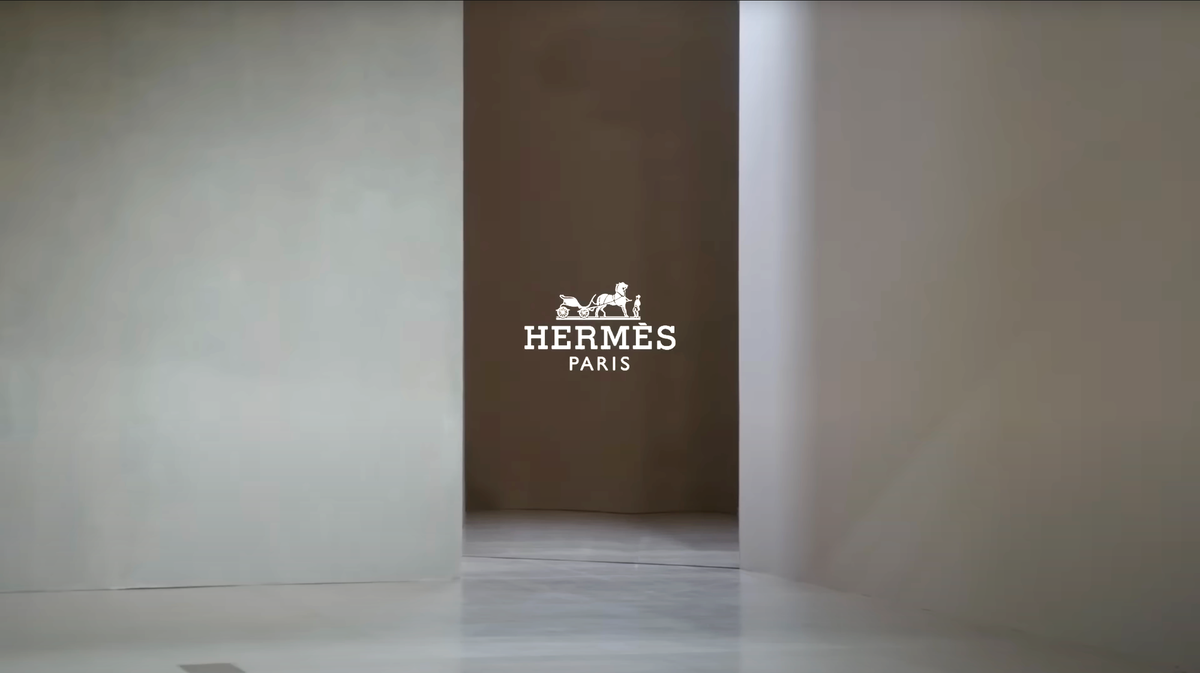
A collection suspended between heritage and hesitation, where weightlessness risked becoming forgettable.
Full collection here.
A Brief History
Founded in 1837 by Thierry Hermès as a harness workshop in Paris, Hermès has grown from equestrian beginnings into a house synonymous with exclusivity, craftsmanship, and timeless design. Unlike many of its luxury peers, Hermès remains family-run, safeguarding its artisanal heritage while steadily adapting to the language of modern fashion. Each collection carries that dual weight of history and refinement—speaking softly, yet with undeniable presence.
A Different Venue
For its Men’s Summer 2026 presentation, Hermès displayed their creations in the Palais d’Iéna during Men’s Fashion Week in Paris. The setting leaned into simplicity: mirrored panels surrounded the runway, splitting the audience into sections. A symbolic gesture, perhaps, of perspective and fragmentation. Still, it wasn’t a show designed with useful staging in mind—hence why the audience was fanning themselves continuously.
The Atmosphere
The beginning of the music was grounding—almost cinematic. It sat in the background like a frame, never stealing attention, but anchoring each look as it passed.
As models walked, the mirrors created multiplying silhouettes, extending the idea of weightlessness and time suspended. Yet the audience seemed restless—fanning themselves in the heat.
Editor's Note:
If I were ever to control a show, I'd think of the audience first. Comfort matters. Because once someone is distracted—sweating, restless, or impatient—they aren't immersed in the collection.
Early Impressions
The opening looks felt like a weekend getaway—a relaxed, easy direction. Sandals appeared again and again, almost insistently. Perhaps Hermès thought of freedom, of leisure, of comfort? But the repetition felt lazy, too obvious.
Hermes has always been a little whimsical in the proportions of accessories—especially handbags. Why not take the same risk with clothing proportions? That playfulness could have elevated the theme of airiness.
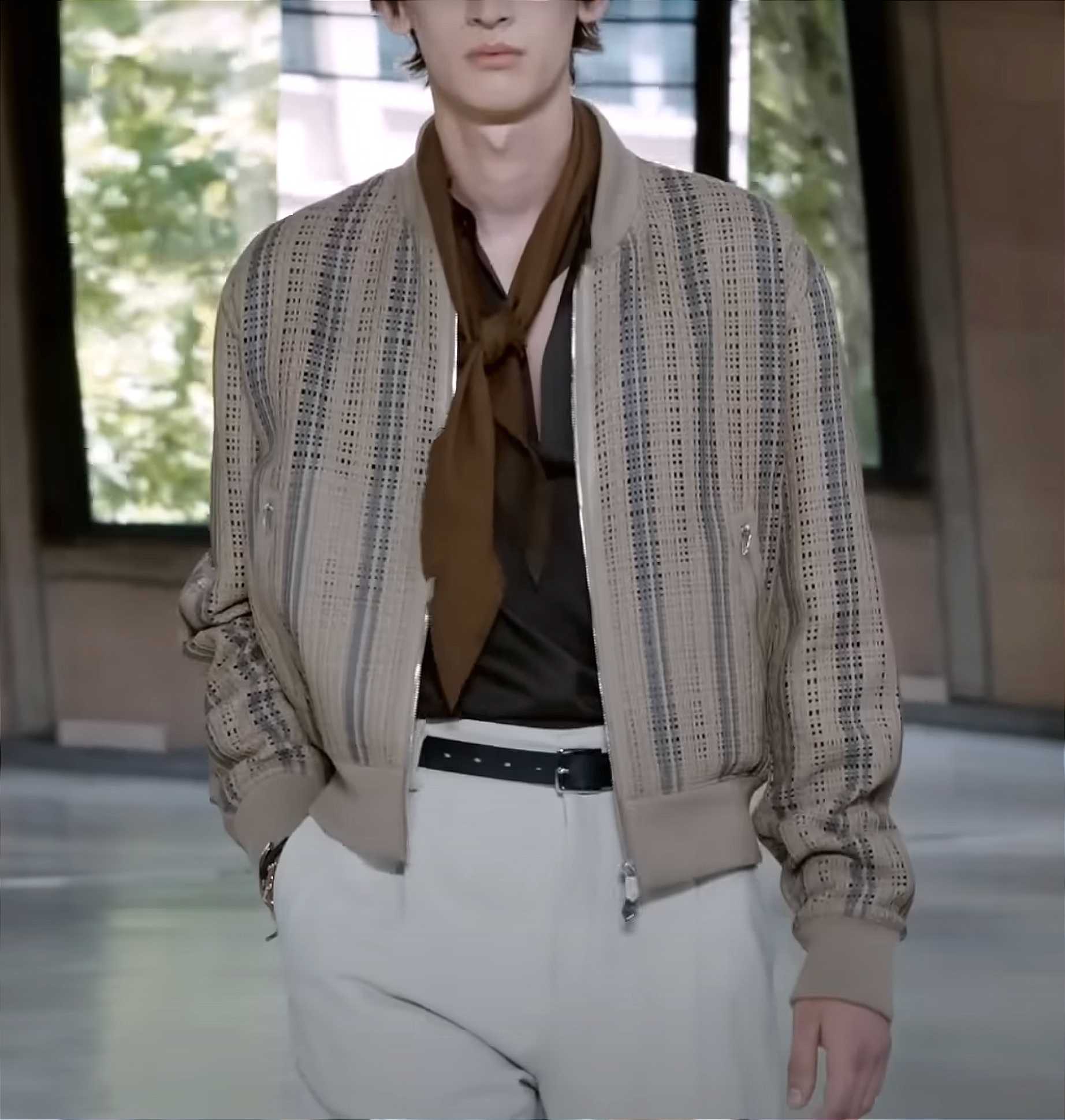
Favorite Look #1
A standout emerged early: white pants, black belt, light brown frayed scarf, dusty tan jacket. Every detail tied into place—the perforated gray jacket with vertical stripe cutouts added an extra layer of refinement, reinforcing the collection’s theme of “weightlessness.” This look felt complete, like the bow on a carefully wrapped gift. It was Hermès doing what it does best: quiet detail elevated to significance.
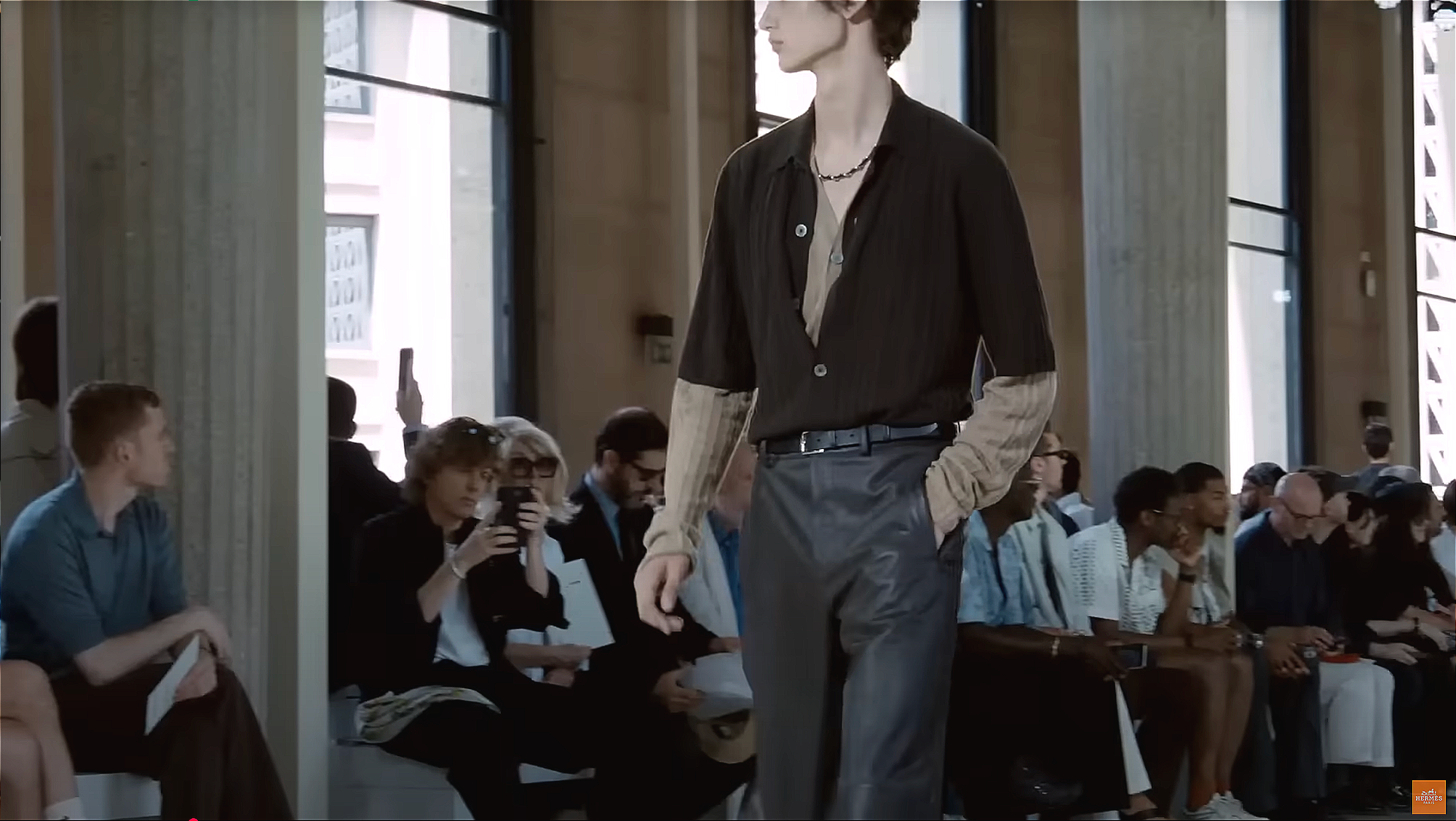
Weak Look #1
And then, the stumble. Right after that favorite came a look that felt lazy, unapproachable, confused. A large-button thin cardigan layered over another large-button thin V-neck, with a necklace thrown in as if to distract from the lack of construction.
The only semi-interesting detail? A sleeve split between two colors, echoing the inner shirt. But paired with plain pants and sandals, the result screamed lethargy. Too weightless, to the point of careless.
A Consistent Approach In Music
Midway, the music shifted—ditching the piano for a sharper tempo. A smart move, since the middle of any story or show risks losing attention.
The clothes, however, continued their uneven rhythm of presentation.
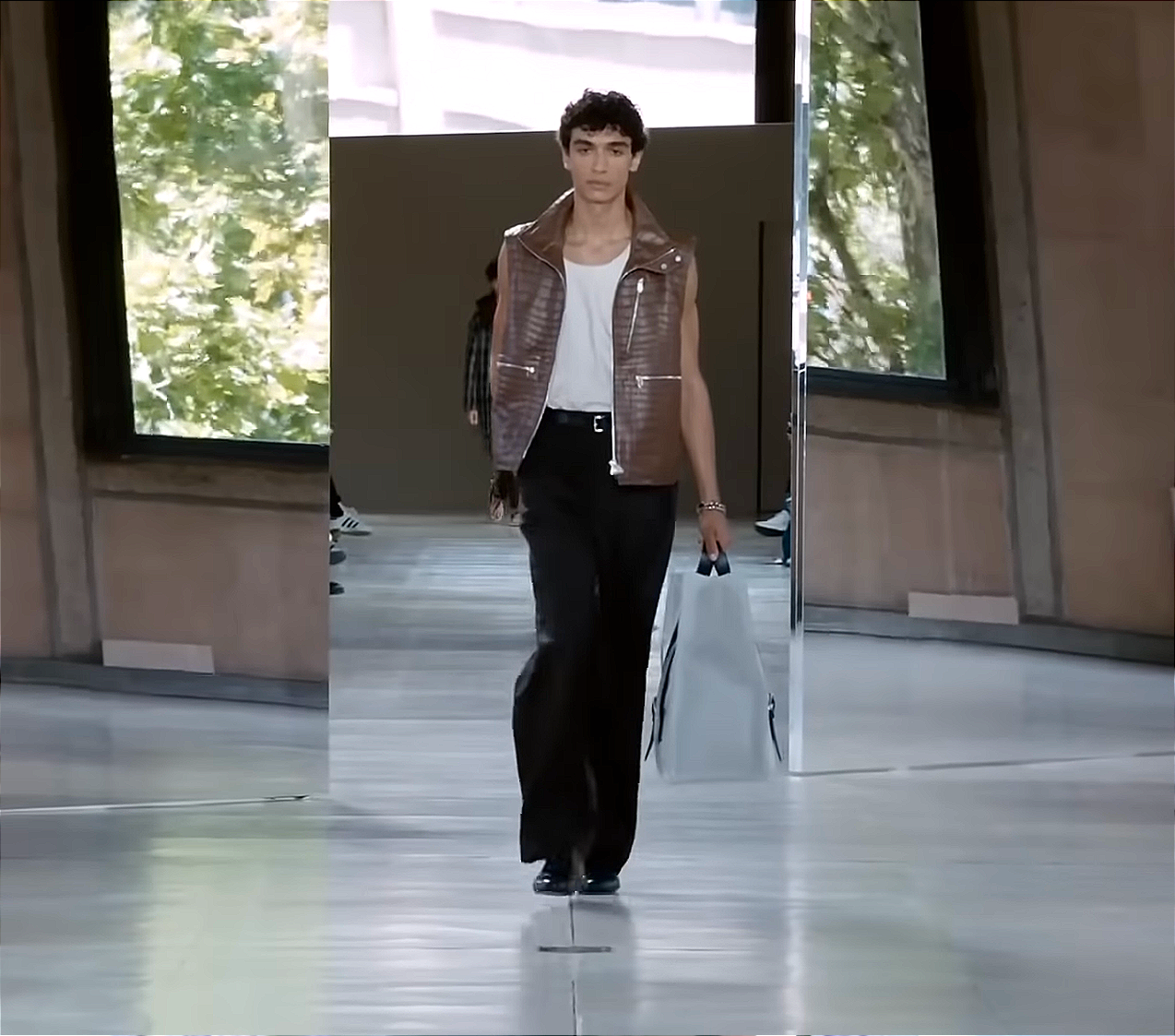
Favorite Look #2
Here, finally, came precision. A brown leather vest with a large collar—structured, sharp, and rich in detail when you looked closer. Paired with a simple white low-cut T-shirt, black pants, black shoes, and a muted white tote bag, the balance was flawless.
Silver hardware on the zipper and buckle tied into a psychology of confidence: reflective, deliberate. Jewelry was minimal—a single bracelet. Anything more would have diluted the clarity. Even the choice of model worked: soft yet muscular, collarbone exposed as if to mirror the vest’s structure.
Weak Look #2
But then came another misstep. A charcoal shirt with hints of reflective green, layered with a light blue frayed neckerchief. The idea was good: one standout piece, everything else subdued. But the pairing failed. The shirt dulled the look, dragging it into confusion.
A better solution? A dark mustard yellow shirt, brown belt, and a tote bag in the same light blue as the scarf—detailed with yellow accents. That would have tied the theme together.
Editor's Note:
Fashion isn't here to change your mind. It's here to tell you a story you've never heard—a story illuminated by the overall theme. This look told nothing.
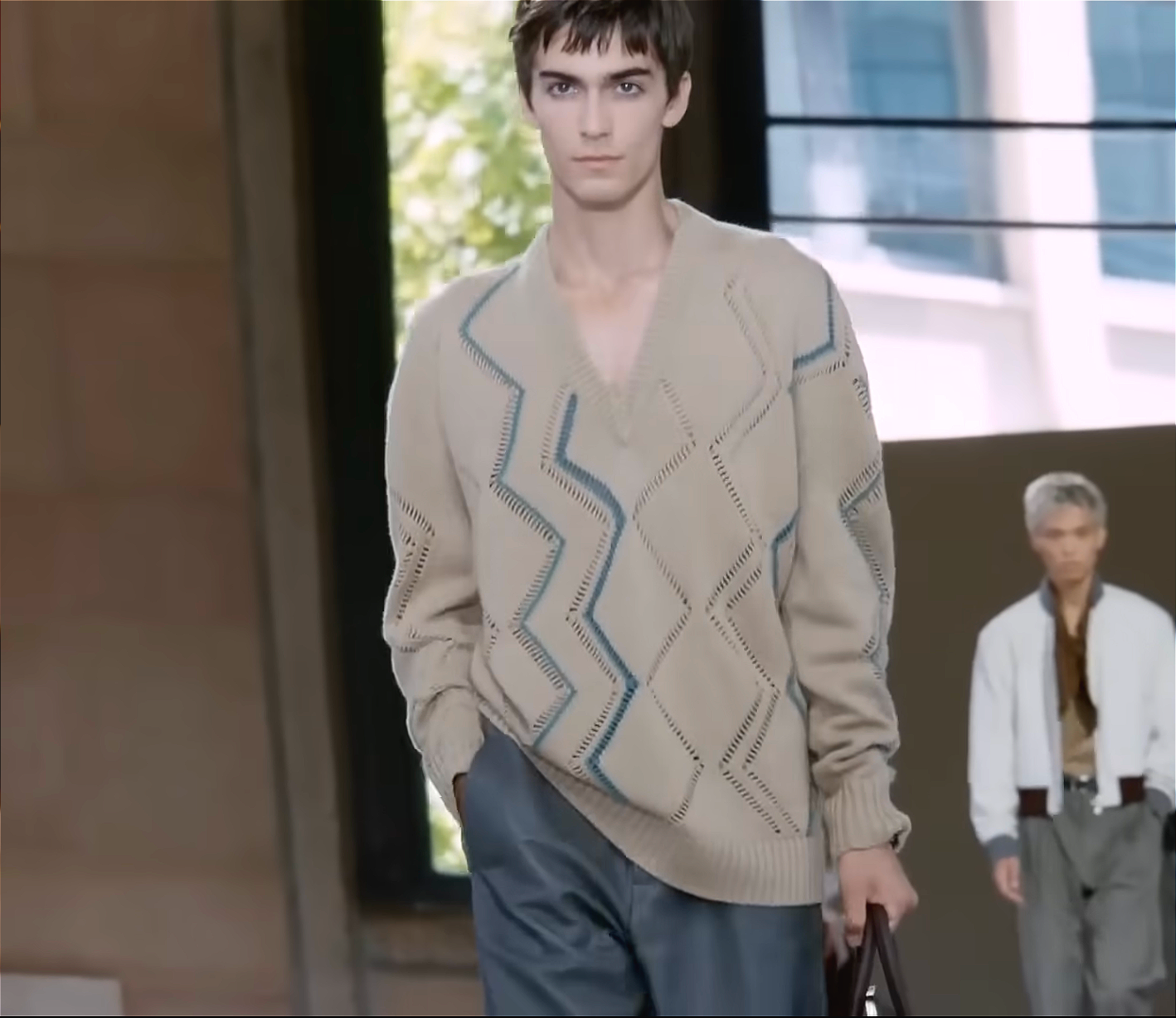
Favorite Look #3
This was where “weightless” became redefined. Dark teal pants with opacity shifts, paired with a long tan shirt flowing like air. The detail work—especially in the perforated fabric patterns carried throughout the show—gave the look depth.
Even the tote bag stood out: printed with a blurred horse-racing image, a nod to Hermès’ equestrian DNA. This was the show’s theme realized—not loud, but layered.
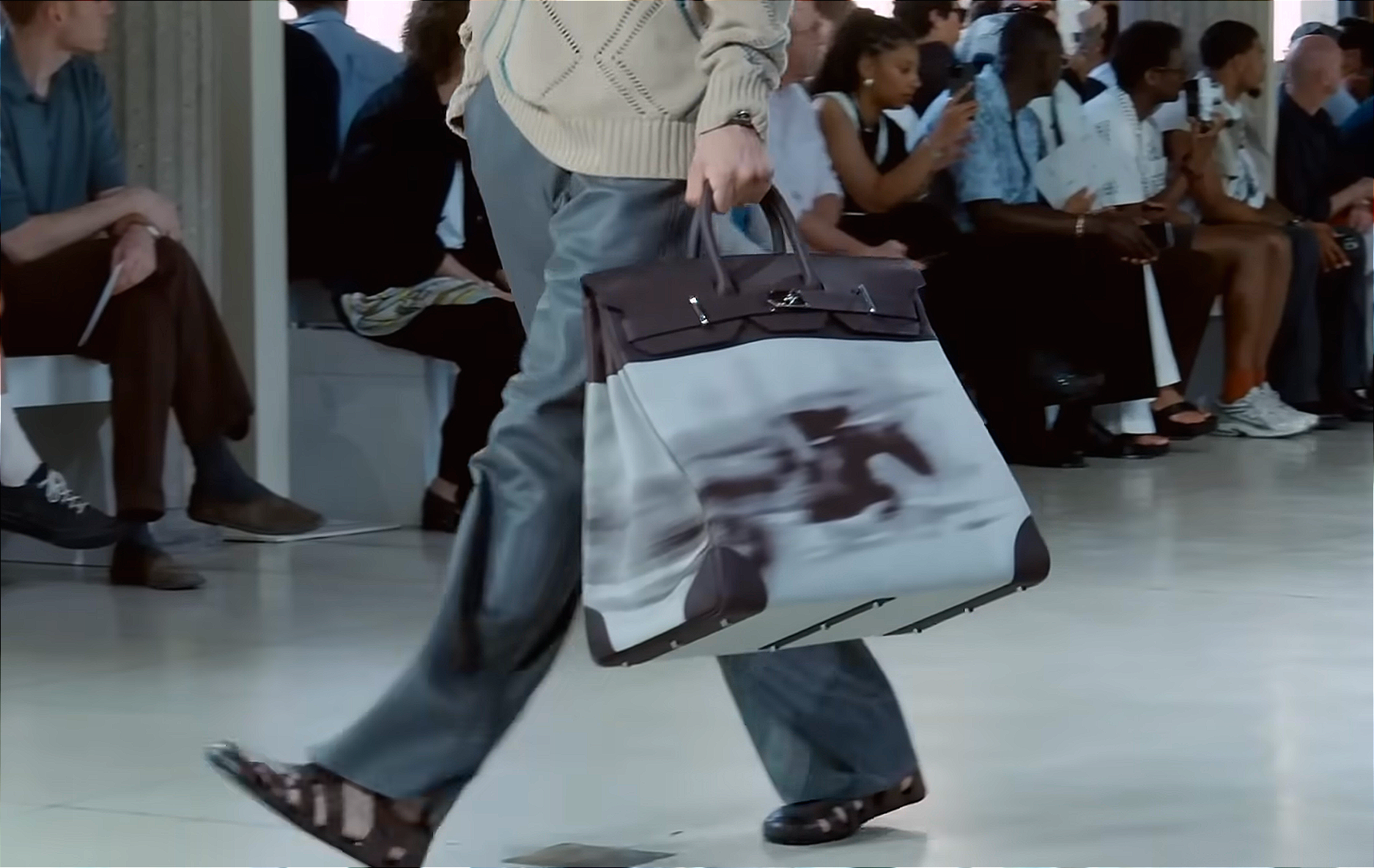
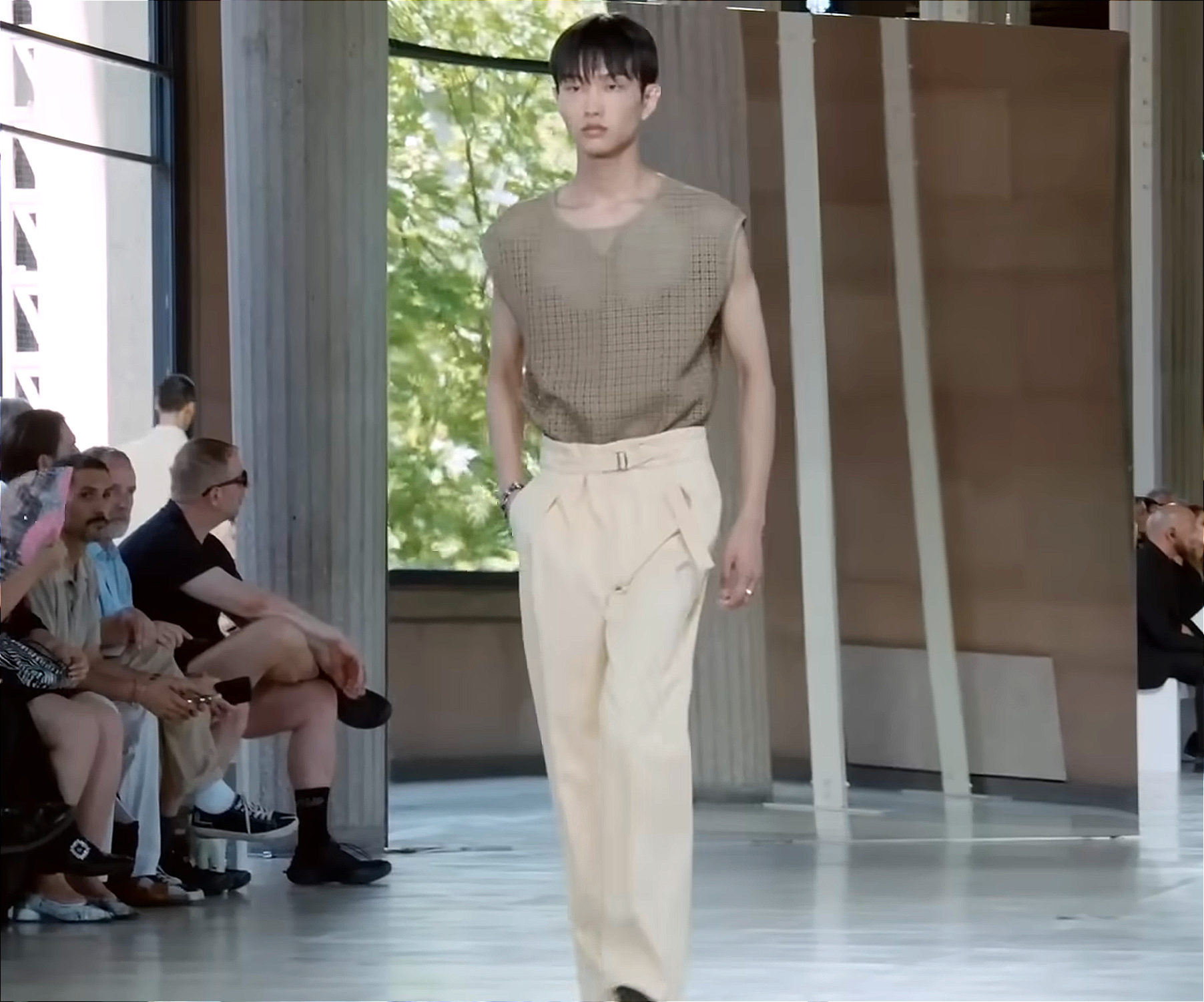
The Runner-Up Look
A near-hit: cream pants with a faint butter-yellow tint, paired with a perforated top. The scrunched waistband and tonal belt made the look contemporary, future-leaning, and convincingly wearable. This wasn’t just “weightless”—it was aspirational. A sales tactic, yes, but executed well.
Editor's Note:
Synchronization on the runway matters more than people think. This show suffered from inconsistency. Some models walked too quickly, some too heavily, others with a lazy stride. It made the collection feel fractured.
Weak Look #3
Toward the end, things dulled again. A full brown look with perforated patterns and sandals, accessorized with a meaningless scarf. It was forgettable. Too flat, too expensive for how little flavor it offered the future person wearing it. A look that tied into the show's second theme: inconsistency.
Final Thoughts
The Hermès Men’s Summer 2026 collection was a bit of a rollercoaster. At its best, it delivered refined weightlessness—clothes rooted in heritage, breathing softly but deliberately. At its weakest, it mistook simplicity for story.
Even the finale dragged. Models filtered past without a focal moment for the audience. Instead of suspense, it created impatience. A show should never conclude with “just get it over with.”
Hermès had the tools: craftsmanship, heritage, detail. But too many looks felt just safe. Too many presentations leaned on sandals and perforated motifs without pushing the main theme further.
“Time no longer races,” was the idea. But, sometimes throughout the show I asked myself: did the race even begin.

[Previous Revision] - Hugo Boss: The Scent Review—Leadership, Dismissed
